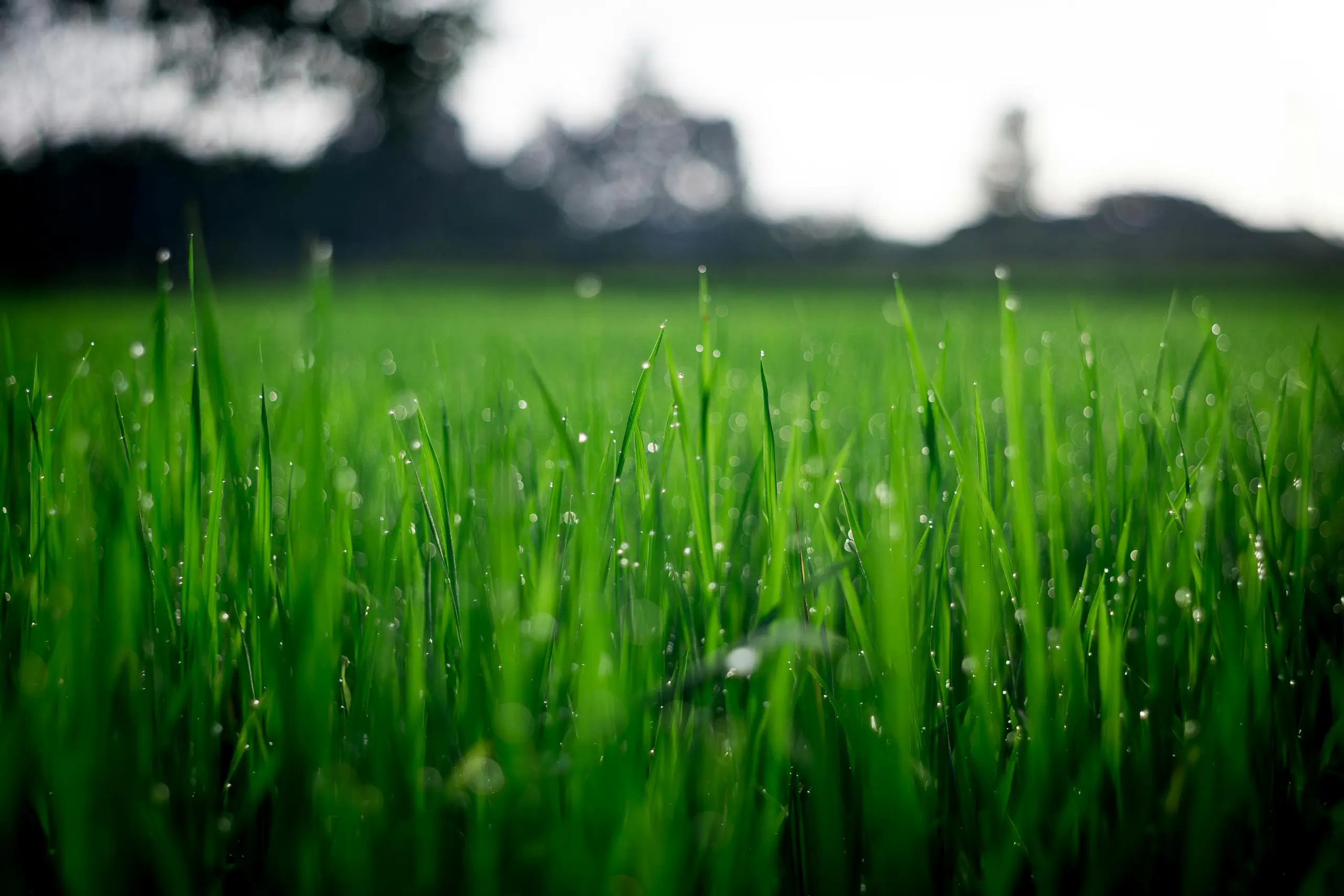Landscape Edging Palmdale, CA
Professional Landscape Edging Services in Palmdale, CA
What is Edging?
Edging is an essential landscaping technique used to create clean and defined boundaries between different areas of your garden or lawn. It involves cutting or installing a physical barrier that separates lawns from flower beds, driveways, and pathways. This not only enhances the aesthetic appeal of your garden but also helps in preventing the encroachment of grass and weeds into your flower beds or other garden areas.
Benefits of Edging
Implementing edging in your landscape design offers numerous advantages:
- Improved Aesthetics: Edging provides a neat and professional look to your garden, enhancing the overall visual appeal.
- Enhanced Functionality: By creating clear boundaries, edging helps in maintaining the shape and layout of garden beds and prevents soil erosion.
- Weed Control: A well-installed edging system acts as a barrier that prevents weeds from invading your garden beds.
- Easy Maintenance: Edging simplifies garden maintenance by making it easier to mow the lawn and trim the edges without damaging plants.
Types of Edging Materials
Various materials can be used for edging, each offering different benefits and aesthetic qualities:
- Metal Edging: Durable and long-lasting, metal edging is ideal for creating clean, straight lines and can withstand heavy-duty use.
- Brick Edging: Brick or stone edging provides a classic and attractive look, perfect for traditional and formal gardens.
- Plastic Edging: Lightweight and flexible, plastic edging is easy to install and is suitable for curved or irregular garden shapes.
- Wood Edging: Wooden borders add a natural and rustic charm to your garden, though they may require more maintenance over time.
Edging Installation Process
Installing edging involves several steps to ensure it is effective and durable:
- Planning: Start by planning the layout and design of your edging. Consider the shape and style that best suits your garden.
- Preparation: Clear the area where the edging will be installed. Remove any grass, weeds, or debris to ensure a clean surface.
- Installation: Follow the manufacturer's instructions for installing the chosen edging material. Ensure that it is firmly set in place and properly aligned.
- Finishing Touches: After installation, make any necessary adjustments to ensure the edging is straight and level. Add mulch or soil around the edging if needed.
Maintenance of Edging
Regular maintenance is crucial to keep your edging in good condition:
- Inspect Regularly: Check the edging periodically for any signs of damage or displacement.
- Clean the Edging: Remove any debris or dirt that accumulates around the edging to maintain its appearance.
- Repair as Needed: Address any issues promptly, such as fixing loose edges or replacing damaged sections.
Why Choose Our Edging Services?
Our team of experienced professionals provides top-notch edging services tailored to your specific needs. We use high-quality materials and techniques to ensure that your garden looks its best. Whether you are looking for a simple edge or a more elaborate design, we have the expertise to deliver exceptional results.
Contact us today to schedule a consultation and transform your garden with our expert edging services in Palmdale, CA.
Frequently Asked Questions
Edging is an important aspect of landscaping that helps define garden beds, pathways, and lawns. In Palmdale, CA, with its unique climate and soil conditions, choosing the right edging materials and techniques can significantly enhance your outdoor space.
For Palmdale, CA, the best type of edging would be a durable and weather-resistant material like metal or brick. These materials can withstand the hot, dry climate and require less maintenance.
Installing a proper edging can help prevent weeds by creating a barrier between your garden beds and the surrounding lawn. Additionally, using landscape fabric under the edging can further reduce weed growth.
While not strictly necessary, edging helps to define lawn boundaries and keep grass from encroaching into flower beds or walkways. It also provides a cleaner, more manicured appearance.
Yes, edging can help with erosion control by stabilizing soil and preventing it from washing away. For areas prone to erosion, consider using more substantial edging options like stone or concrete.
Edging provides a clean separation between different areas of your yard, enhances the visual appeal, and makes lawn care easier by preventing grass from spreading into garden beds.
In Palmdale's dry, sunny climate, materials like metal, brick, and concrete are ideal. They can withstand high temperatures and resist damage from UV rays and fluctuating temperatures.
Yes, eco-friendly options include recycled rubber or bamboo edging. These materials are sustainable and can blend well with natural landscaping elements.
Plastic edging is generally less durable and can degrade over time due to UV exposure, while metal edging is more robust and long-lasting, making it a better choice for harsh climates like Palmdale's.
Yes, natural stone is an excellent choice for edging as it provides a classic look and is durable. However, it may be more expensive and require more effort to install compared to other materials.
Brick edging is attractive and durable, but it can be more labor-intensive to install. It's also prone to shifting over time if not properly set. However, it complements many landscape styles well.
Maintenance frequency depends on the material used. Generally, inspect edging every few months to ensure it's intact and free of debris. Adjust or repair as needed to keep it functional and attractive.
Concrete or stone edging can be cleaned using a pressure washer or a mixture of mild detergent and water. Scrub with a brush to remove any stains or buildup.
If edging becomes displaced, realign it and secure it with appropriate stakes or fasteners. For materials like brick or stone, you may need to reset them using mortar or additional soil for stability.
To prevent rusting or corrosion on metal edging, choose materials with protective coatings or paint them with rust-resistant paint. Regularly inspect and touch up any damaged areas.
Yes, mulch can help maintain garden edging by keeping weeds at bay and providing a clean appearance. Just ensure the mulch doesn't overflow or interfere with the edging structure.


